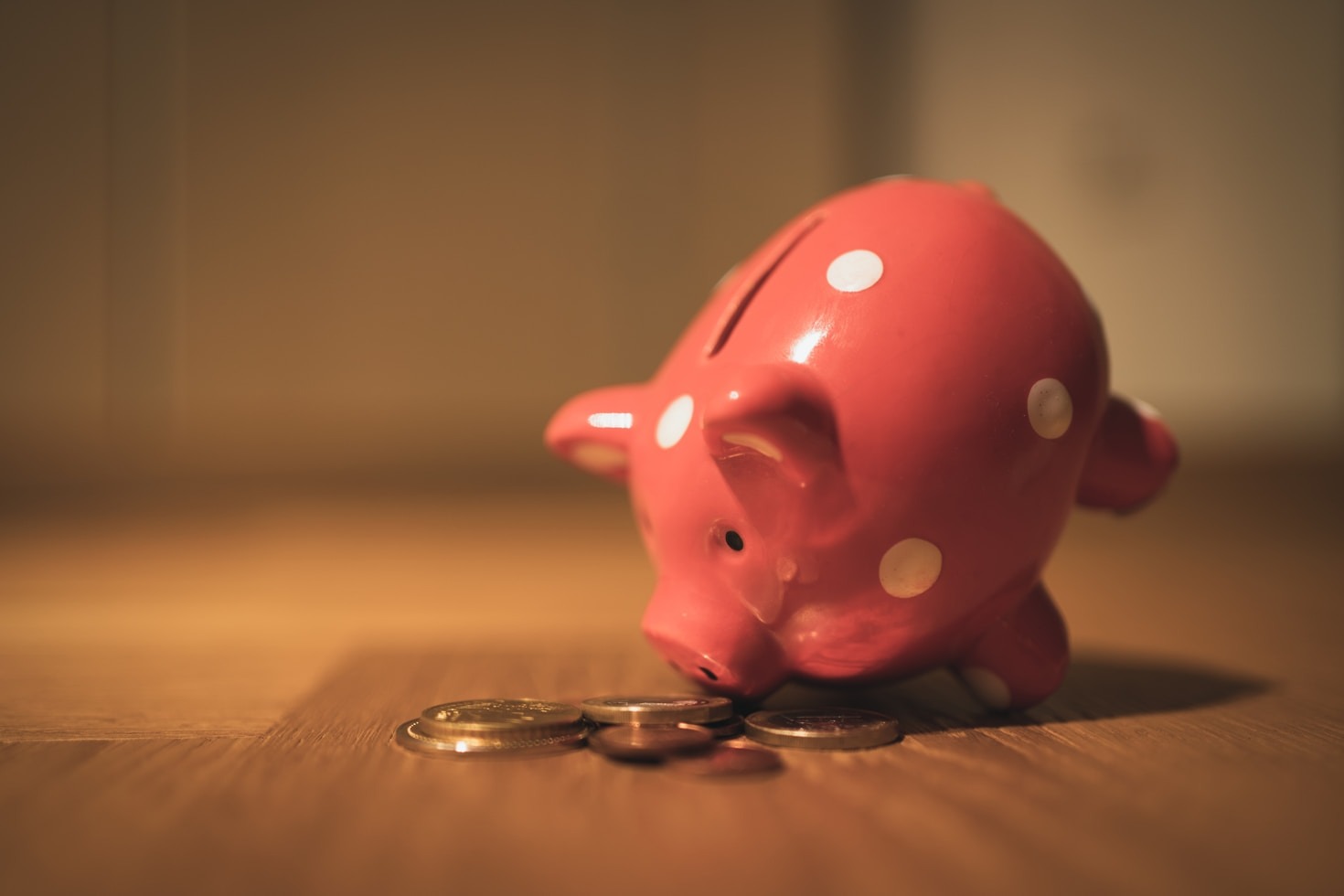
Is $50,000 a Year Still Enough in Toronto?
Let’s be honest, living on $50,000 a year in 2025 in Toronto is hard work. Between rising grocery prices, rent hikes, and the general cost of just being alive, it can feel like your paycheck is gone the moment it hits your account. I have not received a raise since 2023, and every pay period it seems to get less done.
If you’re a Canadian trying to make it all work, you know that $ 50,000 has to be enough. I’ve lived on this income, and while it takes strategy, flexibility, and a lot of grace, it is possible to live well without feeling constantly broke. You have to have a plan.
In this post, I’ll break down how I budget my $50,000 a year in Toronto, what that looks like monthly, and the small but powerful shifts that make it work.
What Does $50,000 Look Like Month to Month?
After taxes, $50,000 a year works out to approximately $2,928 /month in take-home pay. At least that is mine after taxes and medical benefits.
| Category | Monthly Amount | % of Income |
|---|
| Rent/Housing | $1,050 | 35% |
| Utilities + Phone | $300 | 10% |
| Groceries | $500 | 17% |
| Transportation | $200 | 6.7% |
| Debt Repayment | $200 | 6.7% |
| Medical Expenses | $100 | 3.3% |
| Clothing | $125 | 4.2% |
| Savings/Buffer | $200 | 6.7% |
| Personal Care | $100 | 3.3% |
| Fun/Travel/Misc | $150 | 5.6% |
If things get tight, I pull from “fun” or “buffer” before skipping bills or cutting food.
The 3 Budgeting Rules That You Must Have
I’ve tried (and quit) a dozen budgeting methods, but I always come back to these three simple rules:
1. Needs first, then goals, then wants
Every dollar that comes in goes to the roof over my head, food, and transportation. I have been homeless and have no desire to ever be again. Then I pay down debt and tuck a little into savings. Only then do I give myself wiggle room for wants like eating out or shopping.
2. Track every dollar
Whether it’s a $2 coffee or my phone bill, I track it. I use Google Sheets most months, but when I need help staying focused, I switch to pen and paper—it helps my ADHD brain process better. I have a notebook in my bag.
3. Give every dollar a job
This mindset comes from YNAB (You Need a Budget). Even if I’m not using the app, I mentally assign my dollars to specific purposes instead of just “seeing what’s left.” For several years, I used Gail Vazoxade’s envelope method. It helped see what was going on where.
My Grocery + Meal Plan Strategy on a Budget
Food costs are one of the hardest things to control, but here’s what helps me:
- Shop once a week, mostly at Nation’s, Walmart, No Frills, Stop 33.
- Use the Flipp app to price-match sales
- Build meals around what’s on sale, not what I’m craving. This means I eat seasonally.
- Make one “prep day” meal plan for the week, so I’m not scrambling. We do this on Sundays now in our house.
- Keep 2–3 cheap go-to meals on hand for those mid-week burnout nights. Everyone needs cheap, quick, and easy at least once a week.
📌 Need ideas? Check out my post: “What $100 Gets You at No Frills (With Meal Plan)” coming soon!
My Favourite Free Budgeting/Cashback Tools
These free apps and tools help me stay organized and motivated:
- Flipp – for weekly flyers and price matching
- PC Optimum – I earn back rewards for groceries
- Google Sheets – my go-to budget tracker
- MyFitnessPal – for tracking food and saving on waste
- Timer + checklist apps – to beat ADHD overwhelm when it’s budget day
- Caddle and Checkout 51. – my favourite cash back apps.
I’m working on a free printable version of my budget planner—stay tuned or sign up for my email list to grab it first!
Things I’ve Had to Let Go Of
Here’s what I used to spend on regularly that I’ve changed and work remotely several days a week:
- ✖️ Daily takeout lunches → ✔️ These are now gone as I have to carry a special diet with me.
- ✖️ Full-price clothes → ✔️ We shop end of season, clearance, and thrift.
- ✖️ Frequent impulse buys → ✔️ Both my daughter and I have wish lists and must shop from a list.
- ✖️ FOMO spending → ✔️ At some point, it’s okay to be content with what you have and what you can do.
It’s not about deprivation. It’s about choosing what matters.
What’s Made the Biggest Difference
I think the biggest shift hasn’t been in my bank account; it’s been in my mindset.
I stopped saying, “I’ll never get things done” or ” I will always be at the poverty line” and started asking, “What can I do today to move forward?” I started small, one step at a time, and built habits, and gave myself grace for all the mistakes and falls along the way.
If you’re reading this and feeling stuck, please know it’s not just you. We’re all figuring it out every day.
Want My Full Budget Template?
I’m creating a free, downloadable version of my monthly budget, based on this exact $50K breakdown.
📥 Sign up for the CommonCentsMom newsletter here to get it first!
Let’s Chat:
Do you live on $50,000 or less? What’s helped you make it work?
Drop a comment below or send me a DM on Instagram or TikTok. I’d love to hear your story!


Leave a Reply